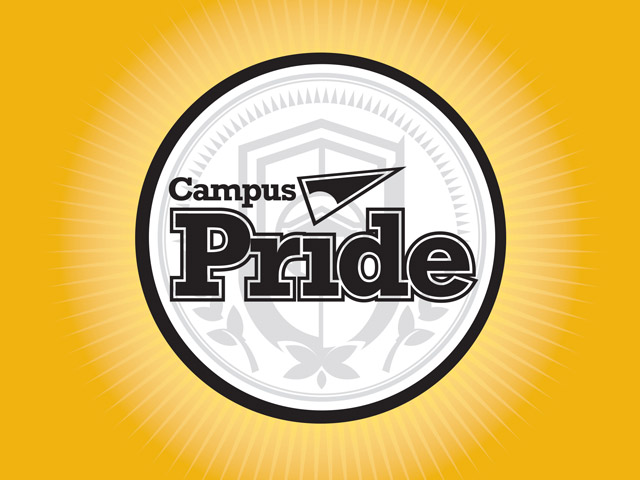

Monmouth University recognizes that members of the university community
The university seeks to promote the comfort and safety of students, staff, and faculty members by recognizing chosen names, personal pronouns, and gender identity in university communications and systems, except where the use of the legal name/gender markers are required by university business or legal need. While the ability to update this information has been in place for several years through individualized support, students can now update their gender markers, name, and pronouns for their on-campus records via e-FORM, which can be accessed through the myMU portal under the Registrar’s office. Employees can continue to update this information by contacting Human Resources. For more information see, The Intercultural Center.
This guide provides links to LGBTQIA+ library resources. If you have any suggestions for changes or additions, please reach out to the librarian for this guide or use the suggest a book link listed to the left!

| L | Lesbian | A woman whose enduring physical, romantic, and/or emotional attraction is to other women. Some lesbians may prefer to identify as gay (adj.) or as gay women. Avoid identifying lesbians as “homosexuals.” Lesbian can be used as a noun or adjective. Ask people how they describe themselves before labeling their sexual orientation. |
| G | Gay | A sexual and affectional orientation toward people of the same gender. |
| B | Bisexual | A bisexual person is an individual whose primary sexual and affectional orientation is toward people of the same and other genders, or towards people regardless of their gender. Some people may use bisexual and pansexual interchangeably. |
| T | Transgender | Transgender is an adjective used most often as an umbrella term and frequently abbreviated to “trans.” Identifying as transgender, or trans, means that one’s internal knowledge of gender differs from conventional or cultural expectations based on the sex that person was assigned at birth. While transgender may refer to a woman who was assigned male at birth or a man who was assigned female at birth, transgender is an umbrella term that can also describe someone who identifies as a gender other than woman or man, such as non-binary, genderqueer, genderfluid, no gender or multiple genders, or some other gender identity. |
| Q | Queer or Questioning |
Queer is often used as an umbrella term for diverse genders or sexualities. Some people use queer to describe their own gender and/or sexuality if other terms do not fit. For some people, especially older LGBTIQ people, ‘queer’ has negative connotations because, in the past, it was used as a discriminatory term. Rather than be locked into a certainty, some people are still exploring or questioning their gender or sexual orientation. People may not wish to have one of the other labels applied to them yet, for various reasons, but may still wish to be clear, for example, that they are non-binary or non-heterosexual. It is important these individuals feel welcome and included in the acronym and community's spaces. |
| I | Intersex | An intersex person is born with atypical natural variations to physical or biological sex characteristics, such as chromosome variations, hormones, or anatomy. Intersex traits are a natural part of human bodily diversity. Not all intersex people use the term intersex. |
| A | Asexual, Aromantic, or Agender |
An asexual (frequently abbreviated to "ace") person does not experience sexual attraction or an intrinsic desire to have sexual relationships. This is a complex topic and more explanatory definitions can be found here. An aromantic person not romantically attracted to or desiring of romantic relationships with others at all. Agender people see themselves as neither a man nor a woman, or both. They’re gender-neutral and often are described as genderfree or genderless. |
| + | The "+" holds space for the expanding and new understanding of different parts of the very diverse gender and sexual identities that aren't represented in the rest of the acronym. Some of these include pansexual (a person attracted to people of all genders, binary or non-binary) and demisexual (a person who feels sexual attraction only to people with whom they have an emotional bond). |
For more information, see NPR's Guide to Gender Identity Terms.